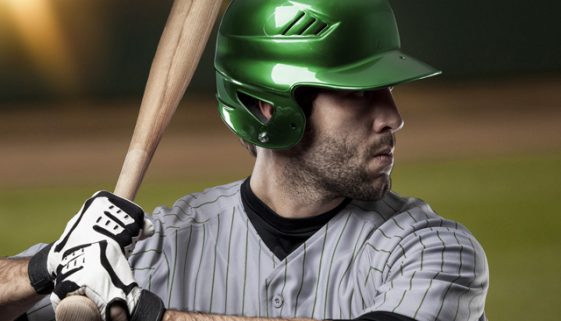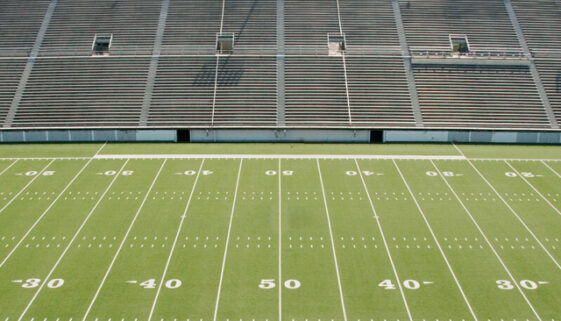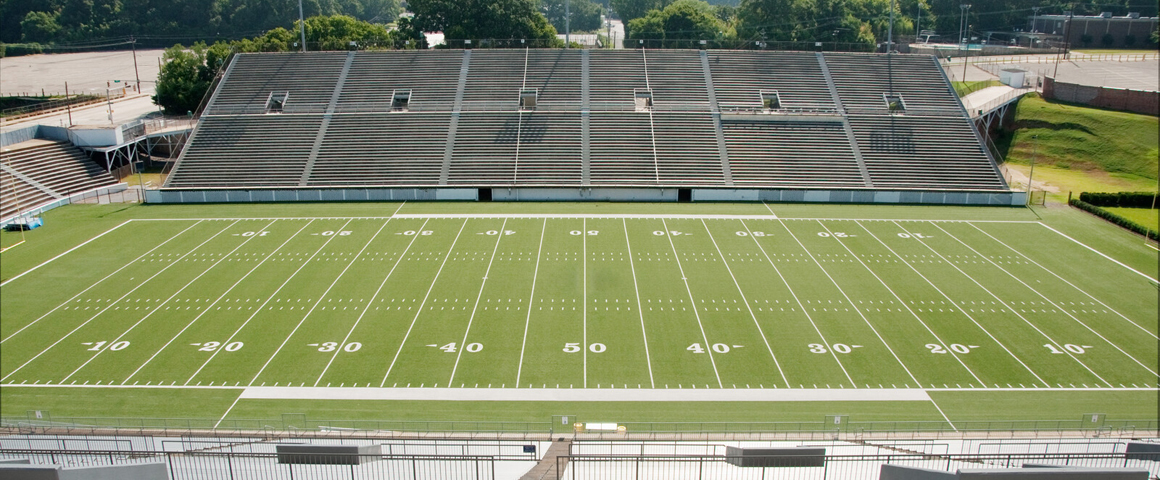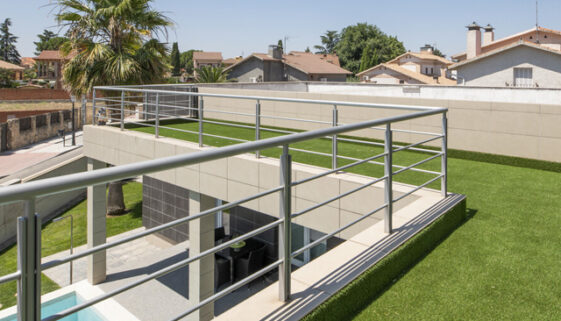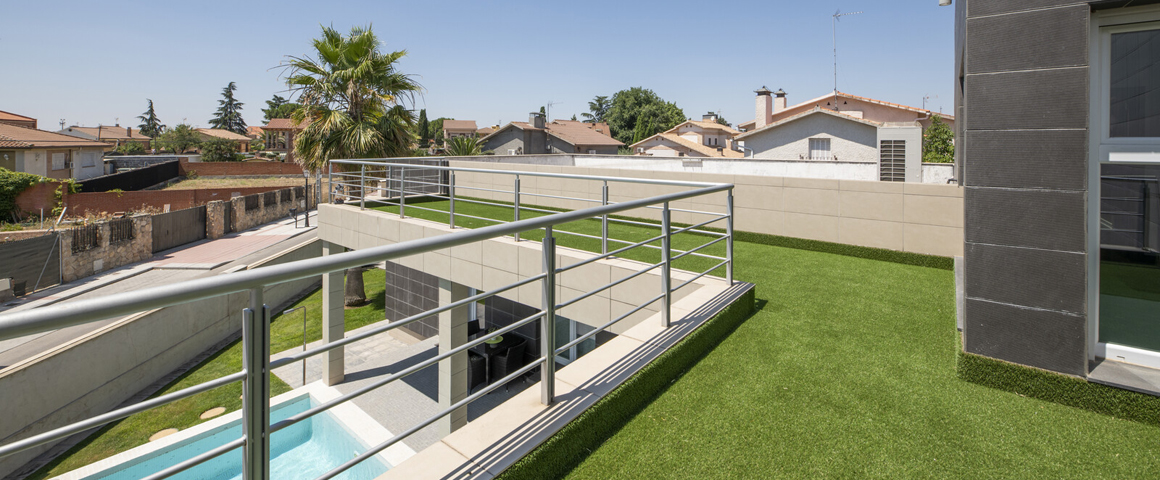History of Sports Turf
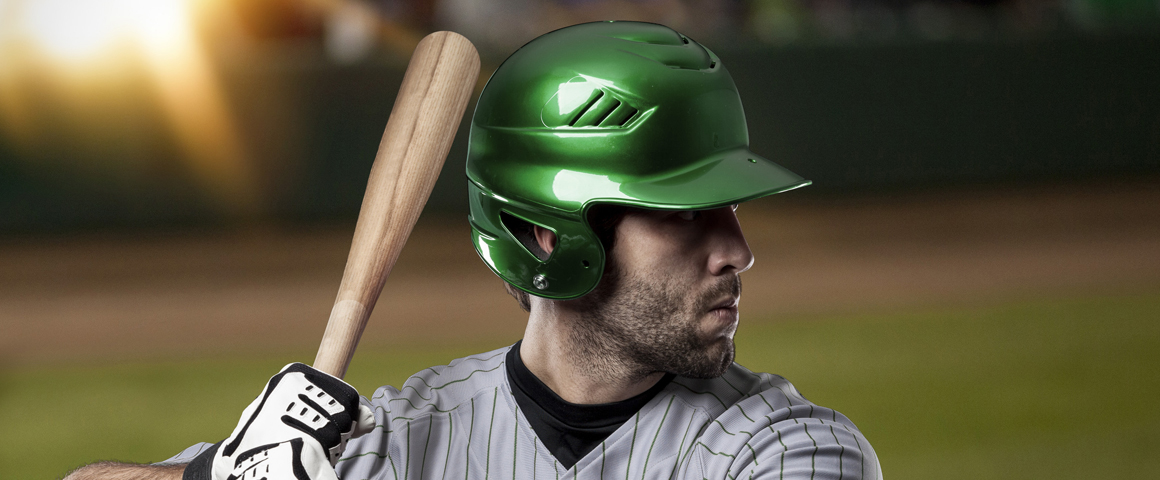
HISTORY OF SPORTS TURF
The advent of organized sports in the 19th century heralded a new era in the development of sports turf. As demand grew for standardized playing fields, efforts were made to enhance the quality and durability of playing surfaces. The emergence of baseball, football and golf as popular sports spurred innovations in turf management and maintenance techniques.
The 20th century witnessed significant strides in sports turf technology, driven by the rise of professional sports and the globalization of athletic competitions. The introduction of specialized grass varieties, irrigation systems, and synthetic turf revolutionized the landscape of sports surfaces. From the meticulously manicured lawns of Forest Hills to the lush pitches of soccer stadiums, sports turf became a symbol of precision engineering and aesthetic appeal.
The latter half of the 20th century saw the emergence of synthetic turf as a viable alternative to natural grass. Initially developed for indoor sports arenas, synthetic turf gained popularity due to its resilience, all-weather performance, and low maintenance requirements. The invention of artificial turf, pioneered by innovators like David Chaney and John A. Wortmann, transformed the sporting landscape and paved the way for the construction of iconic venues such as the Astrodome, the first major sports stadium to feature artificial turf.
In the 21st century, the quest for sustainable sports turf solutions has become a paramount concern amidst growing environmental awareness and concerns about water usage and chemical inputs. Innovations in turf cultivation, irrigation technology, and eco-friendly maintenance practices are shaping the future of sports turf management. From hybrid grass systems that combine natural and synthetic elements to eco-friendly turfgrass varieties that require less water and fertilizer, the pursuit of greener playing surfaces continues to drive research and development efforts worldwide.

